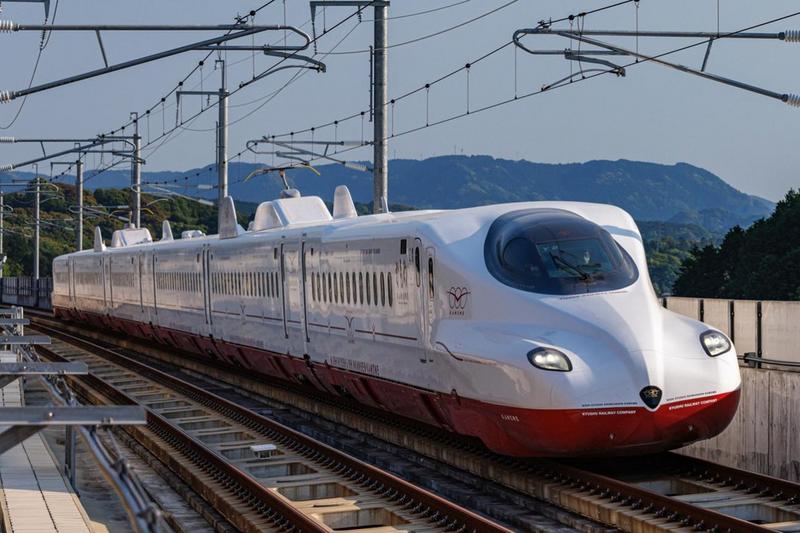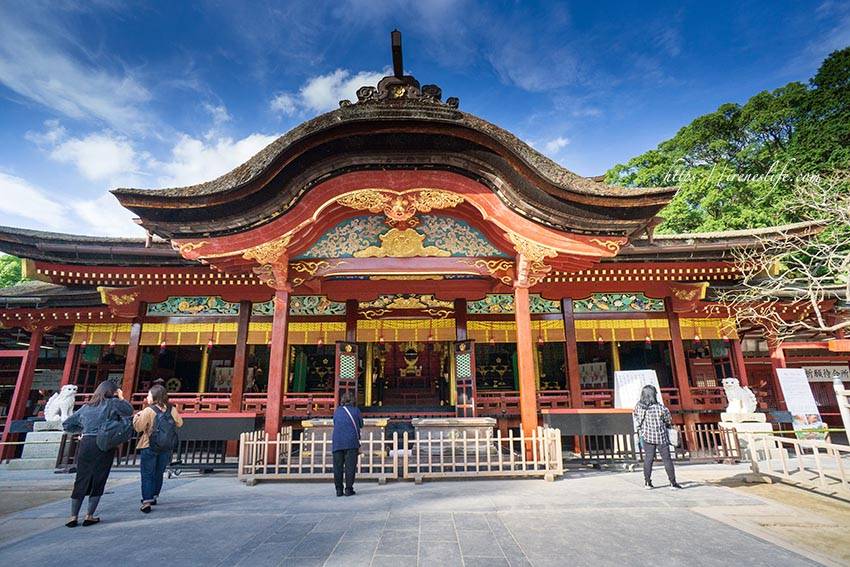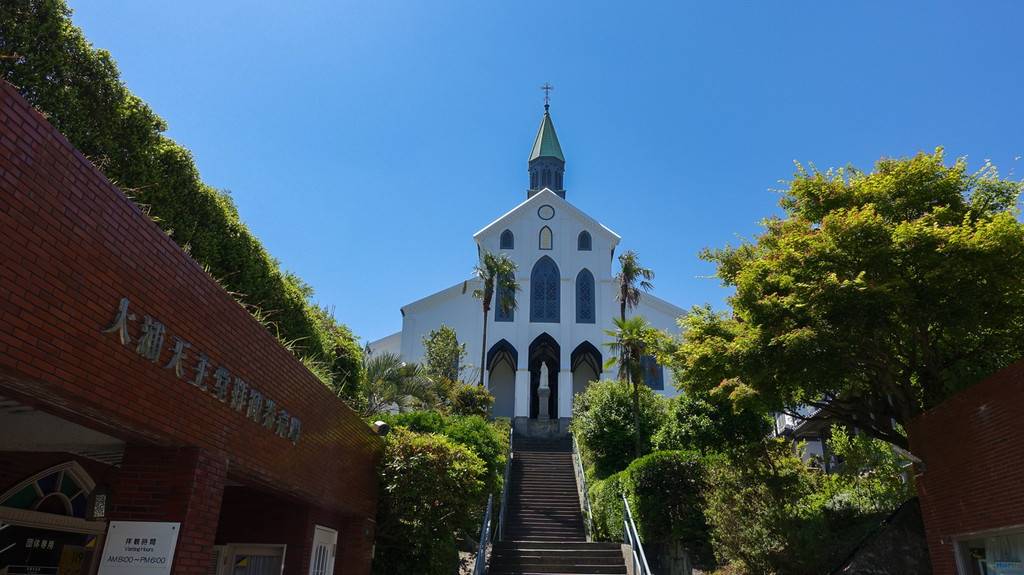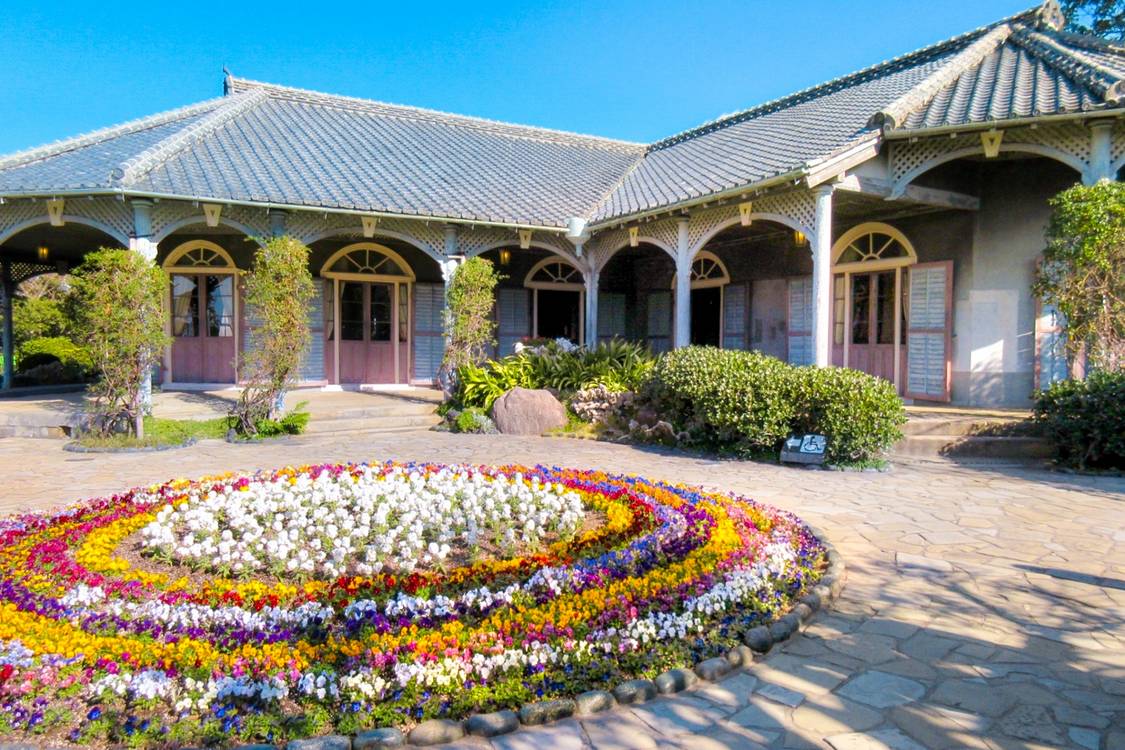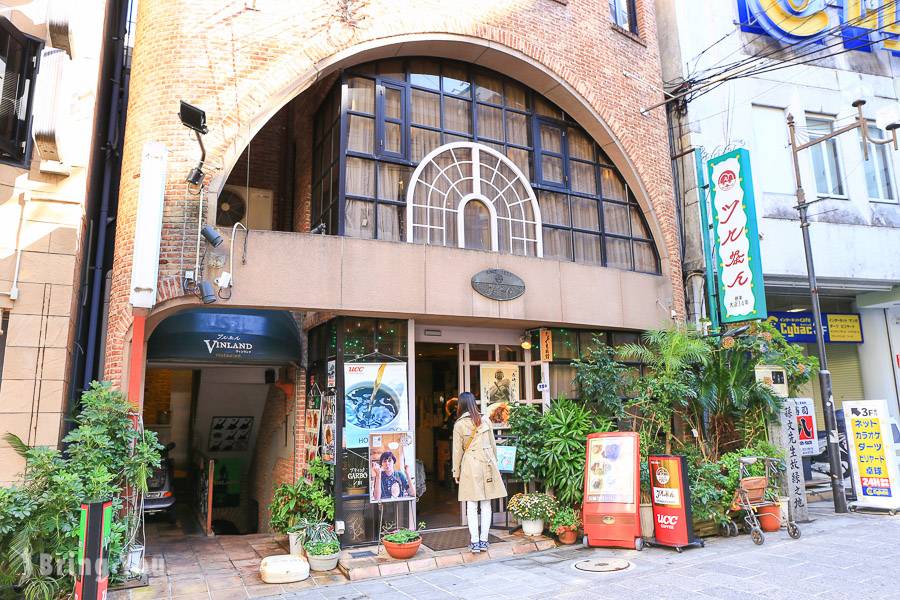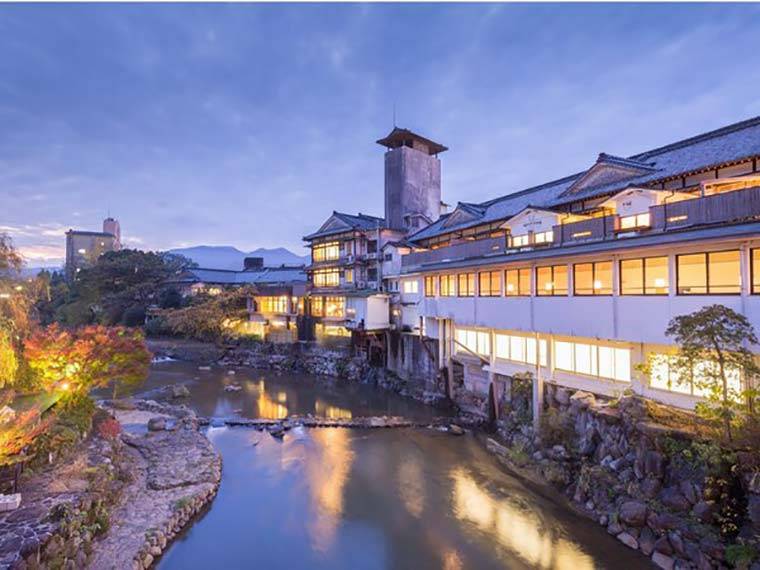Dazaifu Tenmangu Shrine
Dazaifu Tenmangu Shrine is a shrine located in Fukuoka City, Japan, and is one of the most important Tenmangu shrines in Japan. This shrine was built to worship the god of learning (Tenmangu) and is one of the oldest existing Tenmangu shrines in Japan. In Japanese history, Dazaifu Tenmangu Shrine was once one of the country's political, cultural, and educational centers, thus holding an important place in the hearts of the Japanese people. The surrounding area also features beautiful gardens and historical cultural sites, allowing visitors to relax and appreciate the charm of history and culture around Dazaifu Tenmangu Shrine.
Oura Church
Oura Church is a Catholic church located in Nagasaki, Japan. It is one of the most famous Catholic churches in Japan. The architectural style is unique, featuring a romantic style. The exterior walls of the church are built with materials such as limestone, presenting a light yellow color, which looks especially beautiful under sunlight. The interior of the church incorporates Gothic architectural elements, giving an overall grand and majestic feel. Besides visiting the church itself, tourists can also stroll around the surrounding area, enjoy the nearby scenery, and feel the humanistic spirit embodied in this historic building.
Glover Garden
After Nagasaki opened its port to foreign trade in 1859, British merchant Thomas Glover settled here. To commemorate Mr. Glover's historical contributions, Nagasaki City established this garden based on his residence and relocated six historical buildings from the Meiji period within the city to this site, restoring and repairing them. Thus, Glover Garden was born. Surrounded by lush greenery, a stroll through the garden evokes the daily life of foreign merchants living in Nagasaki at that time. The Western-style buildings are arranged harmoniously, with walls covered in green plants and colorful flowers, immersing visitors in the Western European ambiance of the late 19th century.
Tsuru Chaan
Tsuru Chaan is a famous traditional Japanese tea ceremony shop located in Higashiyama, Kyoto. It is one of the representatives of Japanese tea ceremony culture. The tea ceremony culture of Tsuru Chaan is highly praised, with the most representative being the 'Tokonoma' style tea room. This is a unique way of constructing a tea room that is very popular in the Kyoto area. The Tokonoma style tea room consists of a wooden door and a section of stone wall, with a small courtyard in front of the door. Visitors need to sit in the courtyard one by one before entering the tea room. The design concept of the Tokonoma style tea room is to create a traditional and private space, allowing visitors to fully experience the essence of Japanese tea ceremony culture. It is said that Sun Yat-sen visited this place every time he came to Nagasaki. Today, a stone monument inscribed with 'Historical Landmark Commemorating Sun Yat-sen' stands at the former site of the 'Oriental Sunrise News'. It is definitely worth a visit for its commemorative value!
Ureshino Onsen Tea Tourism
Located in Kyushu, Ureshino Onsen has a long history and has been recorded in ancient texts. Along the hot spring street by the Ureshino River, you can easily find nearly 50 famous inns. The spring water here is rich in trace elements of potassium bicarbonate, which has significant skin-beautifying effects. When bathing, the hot spring water will make your skin feel moisturized, delicate, and smooth. The specialty 'Onsen Yudofu' of Ureshino Onsen is a delicacy that has been passed down since the Edo period. Made with specially prepared Ureshino Onsen water, the tofu's protein perfectly blends into the hot spring water, combined with the thick soy milk-colored broth, adding a lot of color to 'Ureshino on the Tip of the Tongue'. Come and experience this subtle feeling.
